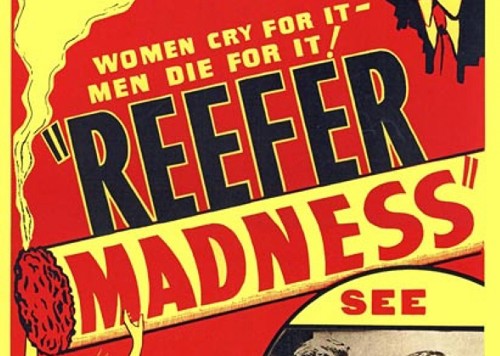On December 17, surrounded by festive holiday decorations, US president Donald Trump delivered an upbeat — one might even say manic — address to the nation, preempting — and enraging fans of — network TV shows such as Survivor, The Floor, and Christmas in Nashville.
While many expected something weighty (perhaps announcement of further military escalation versus Venezuela), what they got was laundry list of Trump’s “accomplishments” since his inauguration in January.
Most of those “accomplishments” — ruinous tariffs on American consumers, immoral and economically damaging immigration raids, etc. — were things we already knew about from watching our bank balances draw inexorably down.
One, however, stood out to me as the most risible. “For the first time in 3,000 years,” Trump said, he’s brought “peace to the Middle East.”
He said that, with as close to a straight face as he ever shows, hours after saluting the flag-draped caskets of two US National Guard members and a civilian interpreter killed in Syria the previous week.
He said that as thousands of Saudi-backed (and therefore US-backed) forces massed on the Yemeni border, preparing for an offensive against one of that country’s dueling political/military factions.
He said that as (US-backed) Israeli forces continued to conduct deadly strikes in Gaza and Lebanon, and raids in Palestine’s occupied West Bank, despite supposed “ceasefires.”
Words can mean more than one thing, but only in the Newspeak Dictionary from George Orwell’s <em>1884</em> might we expect to find any of the above defined as “peace” — or Donald Trump described as a “peace president.”
In his first term as president, Trump escalated every war he inherited and re-started the previous war in Somalia. He “surged” troops into Afghanistan and Syria.
In Syria, he dectupled the US military presence, had Marines fire more artillery rounds than were used in the 2003 US invasion of Iraq, briefly feinted toward withdrawing, then decided to stay to “keep the oil.”
In Afghanistan, he eventually negotiated a US withdrawal … but then failed to complete that withdrawal, leaving it to his successor and complaining bitterly about it.
He reneged on the US government’s obligations under the “Iran nuclear deal,” and ordered an Iranian general assassinated while on a diplomatic mission in Iraq.
In Yemen, he ordered the murder of eight-year-old American girl Nawar Anwar al-Awlaki by US Navy SEALs.
The list goes on and on.
In his second term, he’s continued the war in Somalia and on Venezuela (to name but two), while failing on his promise to negotiate an end to the Russia-Ukraine war “in 24 hours” (or, to date, at all).
As Christmas approaches, I’m all in favor of “on earth peace, goodwill toward men.” But I find Trump’s claims and promises on that subject less believable than stories about Santa Claus.
Thomas L. Knapp (X: @thomaslknapp | Bluesky: @knappster.bsky.social | Mastodon: @knappster) is director and senior news analyst at the William Lloyd Garrison Center for Libertarian Advocacy Journalism (thegarrisoncenter.org). He lives and works in north central Florida.
PUBLICATION/CITATION HISTORY



